
CPR Certification: A Valuable Asset In Any Workplace
Why Every Workplace Needs CPR Certification: The Lifesaving Advantage
The ability to respond swiftly and effectively to emergencies can be the difference between life and death. This is where CPR certification shines as an invaluable asset. Illinois Safety is dedicated to equipping individuals with this essential skill, tailored to diverse needs through our range of CPR certification classes. Our commitment to excellence is evident in the glowing reviews from our participants. Our FAQs section has you covered. Sign up today or reach out directly via call (630) 290-4280 for personalized assistance.
The Lifesaving Power Of CPR: Beyond The Medical Field
CPR, or cardiopulmonary resuscitation, is often associated with bustling hospitals and emergency rooms. However, its relevance extends far beyond these settings. Imagine a scenario in a corporate office: an employee suddenly collapses, and while everyone scrambles in panic, a colleague trained in CPR steps forward, administering chest compressions and potentially saving a life.
Such instances underline the universality of CPR. It’s not just a medical skill but a societal one. Emergencies can arise anywhere from schools and gyms to shopping malls and public transport. Having even one CPR-certified individual nearby can be the difference between life and death.
Moreover, the ripple effect of CPR training is profound. When one person gets certified, they often inspire others around them. It creates a community of first responders, ready to act when needed. This collective preparedness enhances safety and fosters a sense of responsibility and camaraderie among individuals.
Decoding CPR Certification: What You Need to Know
The Layers Of CPR Training
CPR training isn’t a one-size-fits-all approach. It’s layered, diverse, and tailored to cater to various needs and scenarios. Let’s break it down.
1. Basic Life Support (BLS) CPR
This is the bedrock of CPR training. BLS equips individuals with the core skills to address life-threatening emergencies, primarily focusing on cardiac and respiratory issues. It’s the starting point, teaching the basics of chest compressions, airway management, and using an automated external defibrillator (AED).
2. Pediatric Advanced Life Support (PALS)
This training zeroes in on the nuances of providing CPR to infants and children. Given the physiological differences between adults and young ones, PALS is crucial for those who work closely with children, ensuring they respond aptly in pediatric emergencies.
3. Advanced Cardiovascular Life Support (ACLS)
This is for those who wish to delve deeper. ACLS training encompasses advanced interventions, rhythm recognition, and even pharmacological treatments. It’s a comprehensive course, ideal for healthcare professionals facing complex cardiac emergencies.

Traditional Vs. Online: Choosing The Right CPR Certification Course
When it comes to CPR training, there are two main avenues: traditional in-person courses and online courses. Both have merits, and the best choice often depends on individual needs and preferences.
Traditional In-Person Courses
Practical Experience. These courses provide hands-on training, allowing participants to practice CPR techniques on manikins under the watchful eye of experienced instructors.
Real-time Feedback. Immediate guidance and corrections from instructors ensure that participants master the correct techniques.
Interactive Environment. A classroom setting allows for valuable discussions, where participants can ask questions, share experiences, and learn from one another.
CPR Certification Online
Convenience. These courses are designed for those with tight schedules. You can learn at your own pace, without the need to commute or adhere to fixed class timings.
Engaging Content. Modern online platforms utilize interactive videos, simulations, and quizzes to keep participants engaged and retain information.
Hybrid Learning. Recognizing the importance of hands-on practice, many online courses now offer a combination of online learning with an in-person practical session.
Both traditional and online CPR courses offer valuable training. A traditional course might be ideal if you prefer direct interaction and hands-on practice. However, if you’re looking for flexibility concerning quality, online courses offer a viable alternative. Whichever route you choose, the end goal is to equip yourself with life-saving skills.
Ensuring Authenticity: Recognizing Credible CPR Certification
Ensuring you’re receiving authentic and credible training is paramount. Authentic courses are typically backed by recognized institutions, such as the American Heart Association, guaranteeing that the training is up-to-date and adheres to global standards.
It’s vital to do your research before enrolling. Look for courses with transparent credentials, comprehensive content, and positive feedback from past participants. This due diligence ensures that you’re learning the correct techniques and that your certification is recognized and respected in the professional world.

CPR Certification In The Workplace: A Game-Changer For Safety And Professionalism
❖ CPR Certification Boosts Your Professional Profile
In today’s competitive job landscape, possessing unique skills can set you apart. CPR certification is one such skill, showcasing your commitment to safety and well-being. It’s not just a medical credential; it’s a testament to your proactive approach and readiness to handle emergencies.
For employers, a candidate with CPR training signifies responsibility and foresight. Whether you’re in healthcare, education, or corporate sectors, this certification can elevate your professional standing, making you a valuable asset in any workplace environment.
❖ Building A Culture Of Preparedness In The Workplace
A workplace that prioritizes safety fosters trust and confidence among its employees. Encouraging staff to undergo CPR certification is a significant step towards creating an environment where everyone is equipped to handle emergencies. It’s not just about individual capability; it’s about cultivating a collective sense of responsibility.
When employees know how to respond to critical situations, it reduces panic and ensures swift, effective action. This proactive approach safeguards lives and strengthens team cohesion, reinforcing the idea that everyone looks out for one another.
❖ The Financial And Moral Benefits For Employers
Investing in employee CPR training is more than just a financial decision; it’s a moral imperative. Employers demonstrate a genuine commitment to their team’s well-being by ensuring staff are equipped with life-saving skills. This boosts morale and positions the company as a responsible and caring entity.
From a financial perspective, CPR-trained employees can reduce workplace accidents and potential liabilities. Moreover, it enhances the company’s reputation, making it more attractive to potential clients and partners who value safety and employee welfare. In essence, CPR training is a win-win, offering both tangible and intangible returns on investment.
Conclusion
CPR certification stands out as a cornerstone, equipping individuals with the prowess to act decisively during critical moments. Illinois Safety remains at the forefront of this mission, offering a curated selection of classes that cater to both novices and professionals. Our dedication to quality and excellence is mirrored in the positive reviews we consistently receive. Our FAQs might address your queries if you’re contemplating this invaluable skillset. Sign up or contact us to be part of this life-saving community. Alternatively, a direct conversation is just a call away at (630) 290-4280. Your proactive step today can be a beacon of hope for someone tomorrow.




































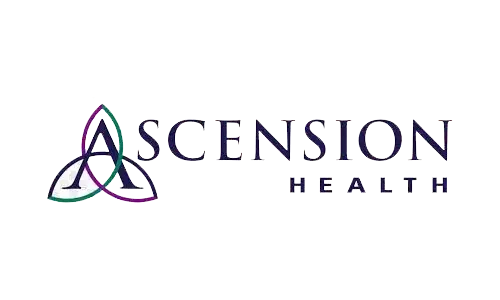


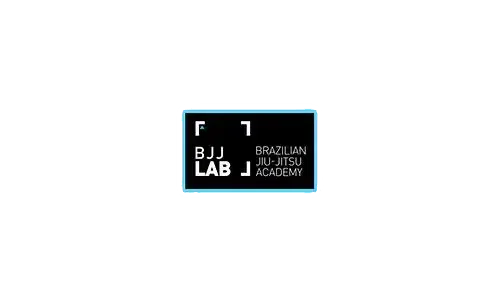










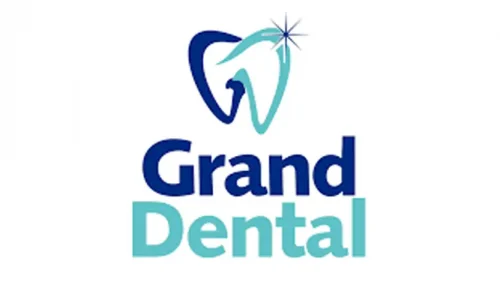





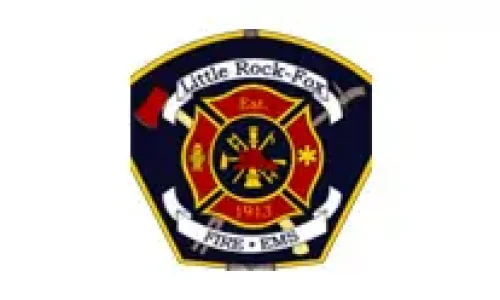




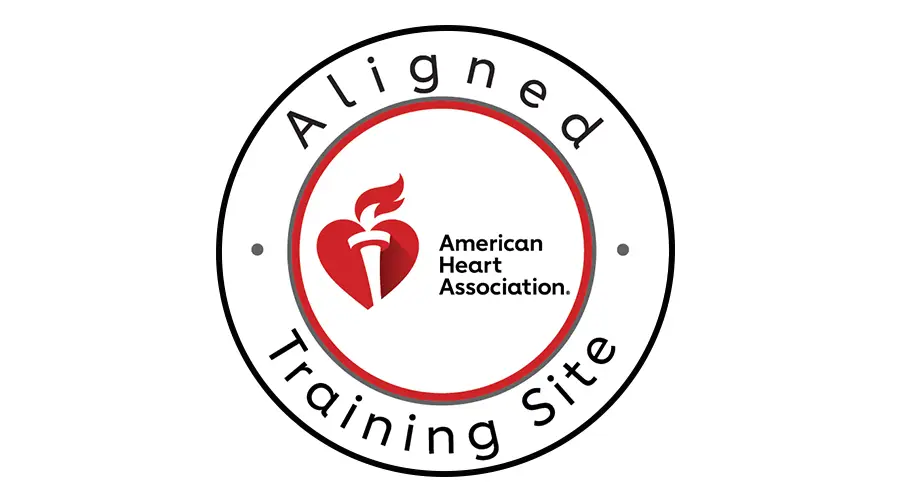
 Powered by
Powered by